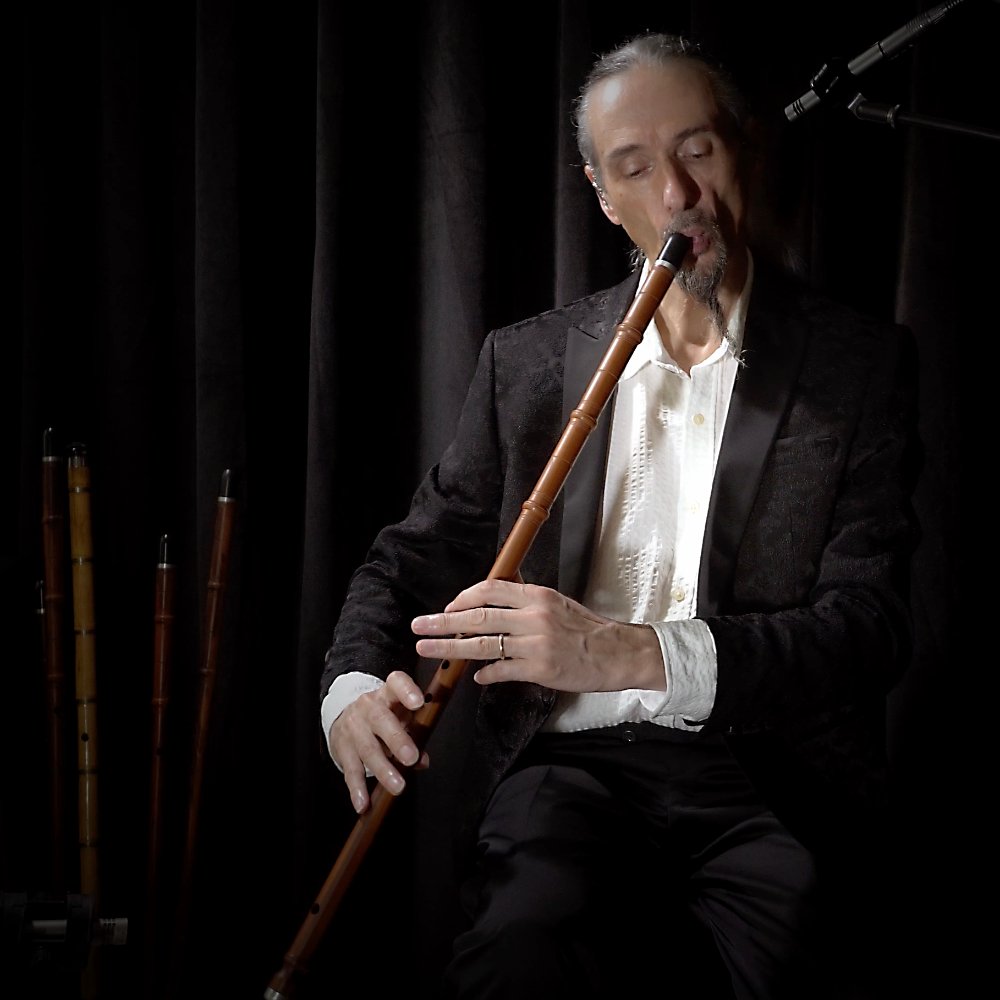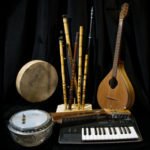
The Kaval, a member of the family of end-blown flutes, is a little-known instrument.
It is the result of the cultural mixing that Bulgaria benefited from, influenced by both Ottoman culture and European music.
A direct descendant of the Turkish Ney, it has retained its type of mouthpiece, producing a sound that is both ethereal and warm, with its specific “grain,” while becoming chromatic to adapt to Western scales.
It’s a hybrid instrument, the result of a blend of cultures, whose ancestral sound, rough and rich in harmonics, carries the spirit of ancient musical traditions while remaining open to today’s world music.
It can adapt to all kinds of situations, wonderfully interpreting traditional melodies from the Balkans to Ireland, or accompanying any type of jazz, classical, or pop ensemble.
I discovered this instrument through encounters and my research on traditional world music. Having experimented with all kinds of ethnic flutes, it was first the Ney that fascinated me with its enchanting sound. Then I continued with the Kaval because I could express myself more deeply and freely, breaking free from context to find my own path, my intimate, intuitive expression.
The sought-after sound is an “in-between”: one positions oneself between two octaves and seeks the middle ground between the note and its lower octave, sometimes reaching a fragile balance, as if on a razor’s edge.
From this fragility comes a state of openness, a letting go, a direct access to emotion. Each time you want to play this flute, you have to tame it anew; it retains an untamed part. Therein lies the paradox: a simple tube with holes, from the family of humanity’s first shepherd’s flutes, becomes a subtle instrument with infinite nuances, with its well-kept secrets…
Among its secrets is the technique of circular breathing, known in the practice of the didgeridoo, sometimes used with brass instruments or the clarinet, but much more delicate to achieve with this type of mouthpiece.
I never cease to be impressed by the inspiration that the sound and possibilities of this instrument bring me.
Whether I’m interpreting a written melody or improvising, there’s always an element of the unknown. The Kaval will never sound exactly the same way twice… Each note has its own life.
Beyond the instrument, the tool, there is the entire journey of the musician that unfolds in their playing.
